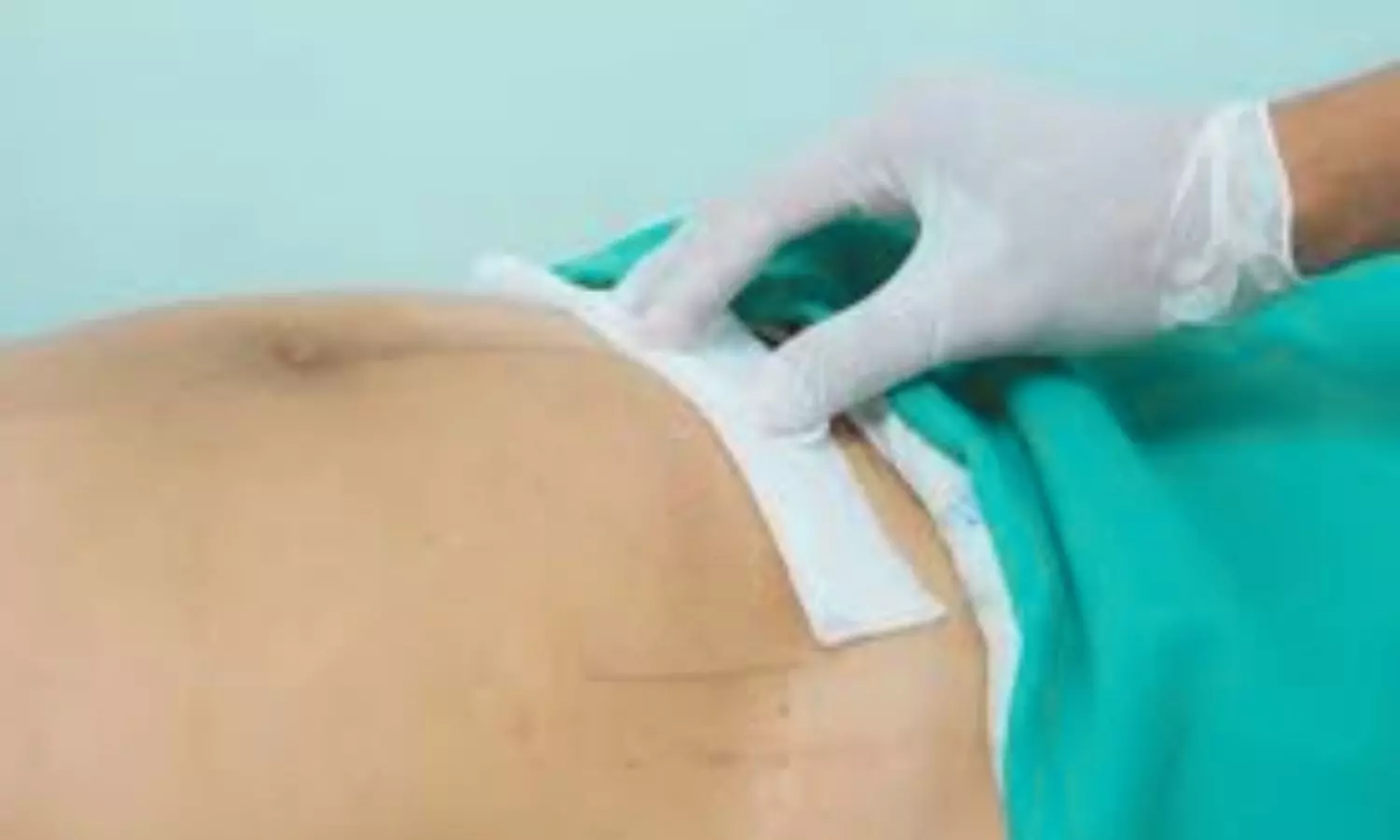Synthetic Mesh Remains Standard for Inguinal Hernia Repair, suggests JAMA study
- byDoctor News Daily Team
- 30 October, 2025
- 0 Comments
- 0 Mins

Researchers have found in a new study that biological mesh offered no pain-reduction benefits and showed higher recurrence rates compared to synthetic mesh in laparoendoscopic hernia repair. The study was published inJAMA Surgeryby Claudia S. and colleagues. Chronic postoperative pain and recurrence are still significant issues after inguinal hernia repair. Biological meshes, due to the resorbable nature, were brought in as a possibly safer and more comfortable solution to synthetic implants. The trial concluded that biologic meshes did not decrease postoperative pain and were significantly more likely to result in hernia recurrence than synthetic meshes. The BIOLAP trial was a self-controlled, randomized, multicenter clinical trial involving between August 2017 and February 2021 in 21 certified German hernia centers. It involved 491 adult patients (mean [SD] age, 58.5 [14.1] years; 457 [93.1%] male) with primary bilateral inguinal hernias. Each patient received one biological mesh and one synthetic mesh with laparoendoscopic repair, making comparison within the same patient feasible. The operations were carried out following standardized methods—either transabdominal preperitoneal plasty (TAPP) or total extraperitoneal plasty (TEP). Randomization allocated the side to which the biological or synthetic mesh was applied, and both the assessors and the patients were unaware of the type of mesh applied to each side. Coprimary outcomes were intensity of pain at 6 months postoperatively, as measured using the visual analog scale (VAS), and recurrence of hernia at 2 years. Secondary outcomes were complications like seroma, hematoma, infection at the surgical site, and patient satisfaction in general. Statistical analysis was carried out from July 2023 to June 2024. The results indicated that there was no significant difference in postoperative pain between biological and synthetic meshes at 6 months. Both cohorts had a mean [SD] VAS pain score of 0.3 [0.9] at rest (P = 0.76), showing low pain in both materials. The 2-year recurrence rate was considerably higher among biological meshes, with 53 recurrences (11.2%), versus just 12 recurrences (2.5%) in the synthetic mesh group (P < 0.001). Additionally, seroma was more often developed by patients with biologic meshes (164 patients [33.4%]) than those with synthetic meshes (106 patients [21.6%], P < 0.001). The rates of other complications such as hematoma, infection, or dissatisfaction were similar between the two groups. The BIOLAP trial showed that biological meshes do not decrease postoperative pain following laparoendoscopic inguinal hernia repair and have much higher recurrence and seroma rates than synthetic meshes. These findings highly recommend that biological meshes should not be used routinely for such repairs.
Disclaimer: This website is designed for healthcare professionals and serves solely for informational purposes.
The content provided should not be interpreted as medical advice, diagnosis, treatment recommendations, prescriptions, or endorsements of specific medical practices. It is not a replacement for professional medical consultation or the expertise of a licensed healthcare provider.
Given the ever-evolving nature of medical science, we strive to keep our information accurate and up to date. However, we do not guarantee the completeness or accuracy of the content.
If you come across any inconsistencies, please reach out to us at
admin@doctornewsdaily.com.
We do not support or endorse medical opinions, treatments, or recommendations that contradict the advice of qualified healthcare professionals.
By using this website, you agree to our
Terms of Use,
Privacy Policy, and
Advertisement Policy.
For further details, please review our
Full Disclaimer.
Recent News
Merck Keytruda wins European Commission nod for lo...
- 30 October, 2025
UP NEET 2025 round 3 allotment results postponed
- 30 October, 2025
Achin Gupta to succeed Umang Vohra as Cipla MD, GC...
- 30 October, 2025
Mumbai shocker: KEM Hospital doctor stabbed by col...
- 30 October, 2025
Daily Newsletter
Get all the top stories from Blogs to keep track.


0 Comments
Post a comment
No comments yet. Be the first to comment!